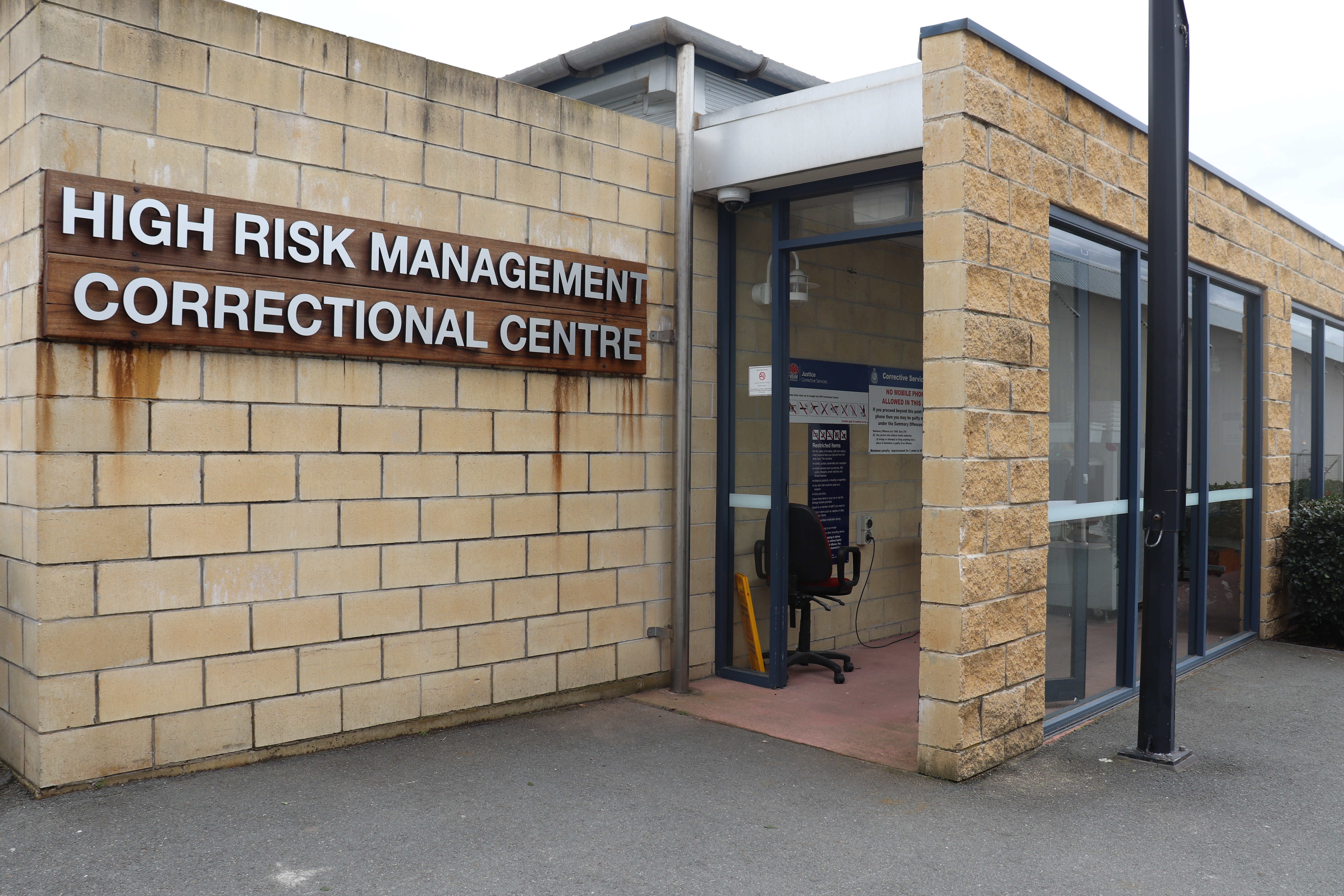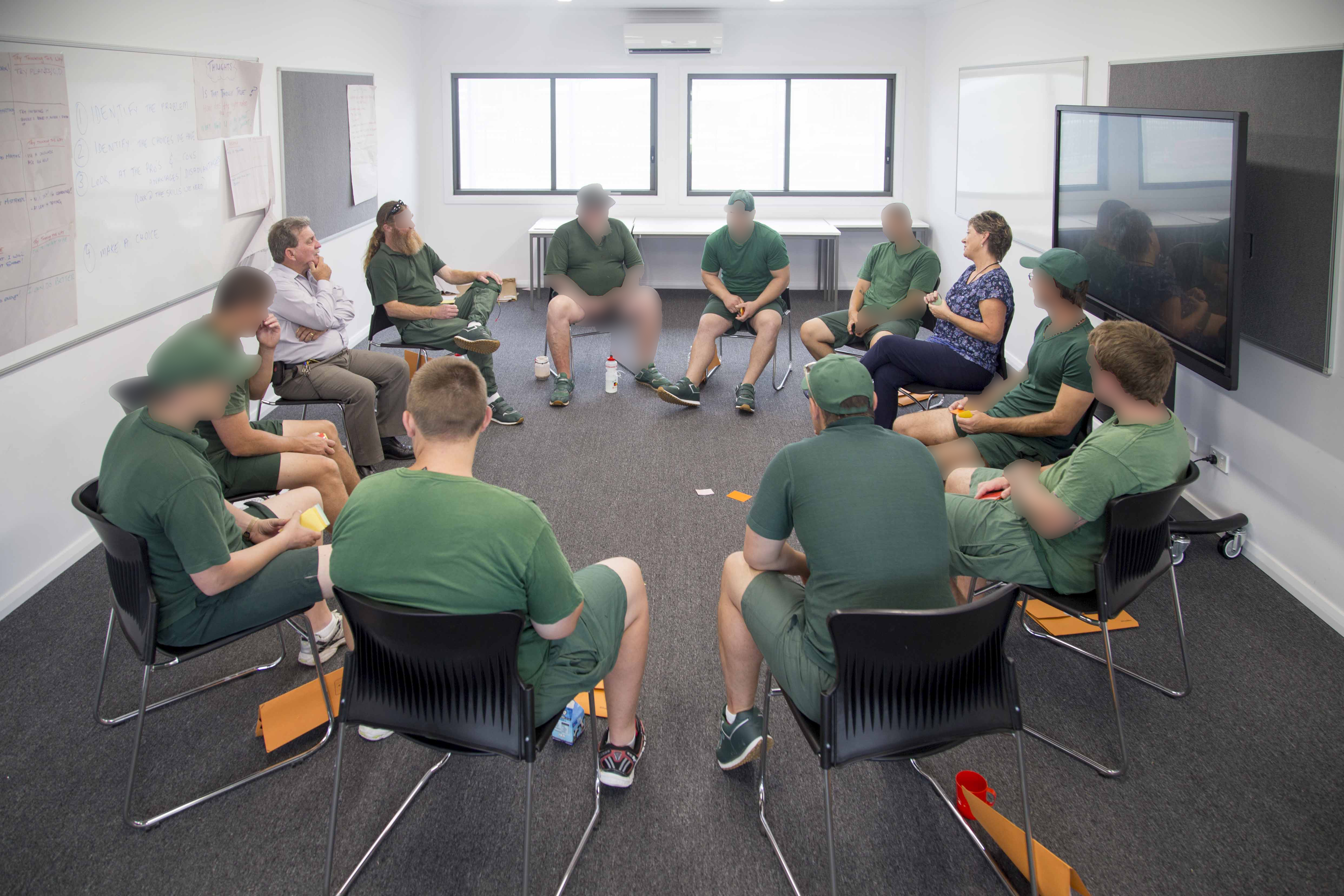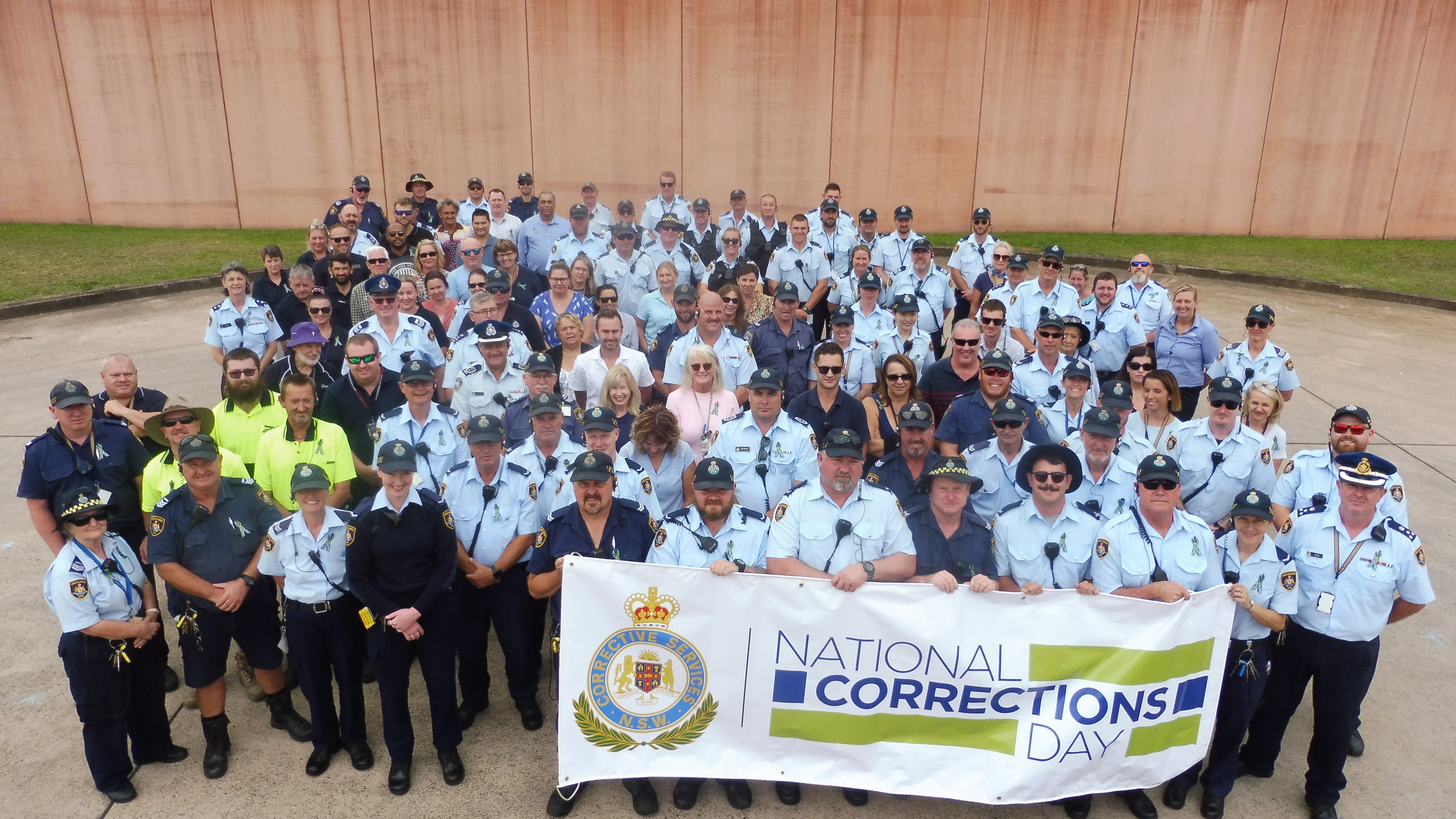Automatic language translation
Our website uses an automatic service to translate our content into different languages. These translations should be used as a guide only. See our Accessibility page for further information.
The first prison in Australia founded for the needs of Aboriginal inmates was opened near Brewarrina in far western NSW in June 2000. Named Yetta Dhinnakkal ("right pathway" in the Nyemba language) the minimum security centre could accommodate up to 70 young offenders on a 10,500-hectare property to keep them separated from older, hardened prisoners in other prisons and to teach them rural skills. Unfortunately, the centre struggled to attract enough inmates, due to its remoteness from their families, and was closed in 2020.
In September 2001, the High Risk Management Centre (commonly known as the Supermax) was opened at Goulburn Correctional Complex as the first such facility in Australia, making it the highest security prison in the country.

Other prisons to open around this time were Dillwynia Correctional Centre, a female prison, in 2004, and the Mid North Coast Correctional Centre, a 500-bed facility opened near Kempsey the same year.
Management of the medium-security Kariong Juvenile Detention Centre near Gosford on the Central Coast was transferred from the Department of Juvenile Justice to the Corrective Services NSW in November 2004, becoming the Kariong Correctional Centre. Wellington Correctional Centre, near Dubbo, opened in September 2007, and South Coast Correctional Centre, a 600-bed facility, opened near Nowra in December 2010.
An unexpected drop in the inmate population resulted in the closure of some mainly older prisons from 2011, including Paramatta and Kirkconnell (reopened 2015). The 119-year-old Grafton Correctional Centre was downsized and transformed into an intake and transient facility
There was then a pause in building, during which NSW prisons went smoke-free in August 2015. This followed a direction from Workcover that CSNSW provide its staff with safe workplaces, free from the risk of secondary smoking. Eighty per cent of inmates had smoked, so this was a major change. It was achieved without any major incidents.
As the prison population increased, greater attention was turned to reducing reoffending. This included providing inmates with more inmate access to literacy, numeracy, and training programs.
The EQUIPS (explore, question, understand, investigate, practice, succeed) suite of programs was launched in 2017 to address offending behaviour related to addiction, aggression, and domestic abuse as part of the reducing reoffending strategy.

In June 2017, it was announced 10 high-intensity program units would be established to deliver rehabilitation programs to about 1,200 prisoners each year serving short sentences of six months or less. The units target domestic violence, general violence, and aggression, and targeting female inmates and Aboriginal and Torres Strait Islander inmates.
The then Labor government had privatised Parklea prison in 2009. The Coalition government, elected in 2011, was keen for further privatisation, and put the state-run John Morony Correctional Centre out to tender in 2017. CSNSW was allowed to lodge an "in-house bid" and won the right to continue to operate the prison, but under a more efficient model. The government also contracted out the building and operation of the massive Clarence Correctional Centre near Grafton, opened in 2020.
Meanwhile the state's prison had filled up, and in 2016 a $3.8 billion expansion program was announced, which eventually produced over a dozen new major facilities, most on the sites of existing prisons. These included:
With the availability of thousands of new modern beds, in September 2019 it was announced five of the state's smallest correctional centres would be closed the following year. These were Berrima, Grafton, Ivanhoe and Brewarrina correctional centres, and the lllawarra Reintegration Centre.
Staff member and prison photographer Sue Paull captured the final days of the Berrima Correctional Centre in 2020. Find out more about Sue, and see her photos of the centre.
As part of the operations improvement plan, Emu Plains and Kariong correctional centres were repurposed into a dedicated mothers' facility and transient centre, respectively.
The Outer Metropolitan Multi-Purpose Correctional Centre was renamed Geoffrey Pearce Correctional Centre, in memory of correctional officer Geoffrey Pearce OAM, who died in August 1997 from HIV after being stabbed by an inmate with a contaminated syringe in 1990.
At the same time, the John Morony Correctional Complex was renamed Francis Greenway Correctional Complex, after the English-born architect who came to Australia as a convict in 1814 and became Australia's first government architect.
The work of correctional officers has become better known and appreciated by the public due to increased publicity and the 2018 creation of National Corrections Day. This day started in New South Wales and soon spread to all other jurisdictions in Australia and New Zealand. In January 2018 the Australian Corrections Medal was inaugurated, and the first recipients announced as part of the Australia Day Honours.

Covid-19 presented one of the greatest challenges in CSNSW's history. When the pandemic began, there were reports of it spreading rapidly through prisons overseas. CSNSW and its partner, the Justice Health and Forensic Mental Health Network, introduced stringent precautionary measures, including quarantine, isolation, and mass testing and vaccination. As a result, there were almost no deaths or hospitalisations of staff or inmates.
Corrective Services NSW has implemented more than 90 per cent of recommendations concerning the safety of Aboriginal people in custody since the 1991 Royal Commission into Aboriginal Deaths in Custody. As a result of these changes, Aboriginal inmates are now less likely to die in custody than non-Aboriginal inmates. However, the proportion of prisoners who are Aboriginal has increased substantially since 1991.
We have increased our efforts to seek the views and expertise of Aboriginal people, to hire Aboriginal staff, and continue to listen to and learn from their knowledge, strength, and resilience.
We understand the safety and wellbeing of Aboriginal people relies on more than just their physical environment, and includes their health, education, work opportunities and connection to family and culture.
Interested in learning more about the history of Corrective Services NSW?
Last updated:
We acknowledge Aboriginal people as the First Nations Peoples of NSW and pay our respects to Elders past, present, and future.
Informed by lessons of the past, Department of Communities and Justice is improving how we work with Aboriginal people and communities. We listen and learn from the knowledge, strength and resilience of Stolen Generations Survivors, Aboriginal Elders and Aboriginal communities.
You can access our apology to the Stolen Generations.